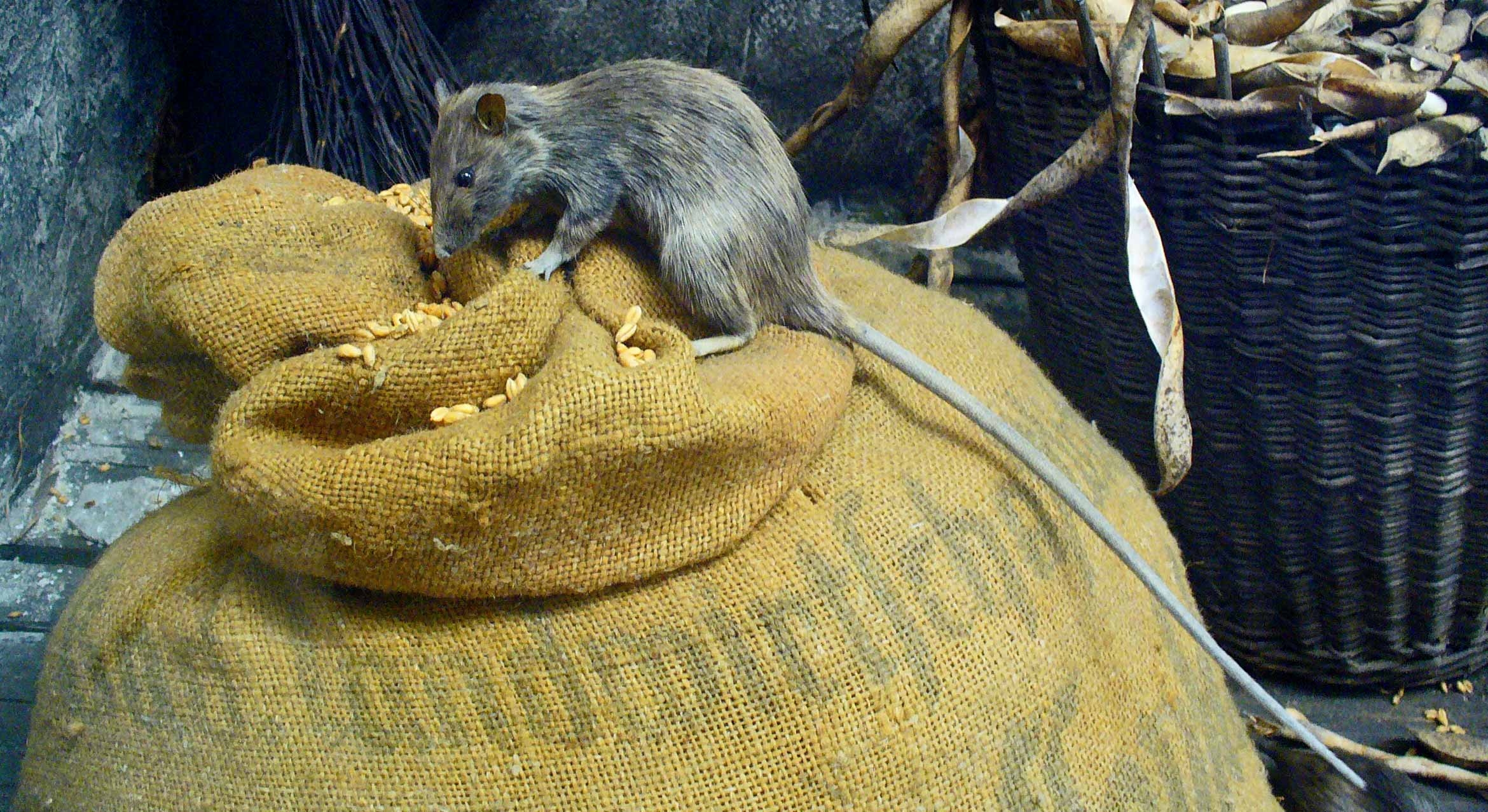Wild and Wily

Corina Logan knows smart birds. A junior research fellow at UC Santa Barbara’s SAGE Center for the Study of the Mind, she has studied New Caledonian crows (Corvus moneduloides), among the elite of bird brainiacs.
“There is a saying that if you only have a hammer, then every problem starts to look like a nail,” Logan commented. “That’s the opposite of behavioral flexibility, where you use the right tool for each problem, and that’s what I’ve been investigating in an invasive bird called the great-tailed grackle. It turns out they are quite behaviorally flexible and their results are teaching us about how animals can adapt to changing environments.”
When Logan initially observed great-tailed grackles in the wild she knew right away they were avian honor students. “The first time I saw them I was in Costa Rica, studying another species, and I just saw these grackles and I thought, ‘Wow, that must be a really smart corvid,’ because I thought they were crows. I looked them up and discovered they’re in a completely different family.”
The encounter stuck with Logan, who was smitten by great-tailed grackles (Quiscalus mexicanus), a species that’s worked its way deep into the U.S. from Central America, a feat that is thought to involve guile and adaptability. Intrigued, she wondered if those traits added up to behavioral flexibility, an ill-defined ability to adapt and act as changing circumstances warrant. She decided to find out.
The results are published in the scholarly journal PeerJ. Her research, funded in part by the National Geographic Society/Waitt Grants Program, shows that grackles demonstrate behavioral flexibility and lays the groundwork for future study that could illuminate how animals adapt their behavior in response to environmental changes.
“I tested behavioral flexibility in two different kinds of problems in the same group, and to my knowledge that hasn’t been done before,” Logan noted. “I’m trying to triangulate on behavioral flexibility since it’s an unpredictable trait, and figure out what it is.”
In her experiments conducted at UCSB, Logan ran a series of tests on eight wild birds captured in the Santa Barbara area and released back to the wild after a couple of months in what she calls the “grackle spa.” To test the grackles’ behavioral flexibility, she used variations of the classic Aesop’s Fable experiment and a color association test.
In the first, the birds were presented with tubes partially filled with water. In the tube was a floating piece of food, but the water level was too low for the bird to reach it. The grackles had to drop objects in the water to bring the food high enough to reach. They could choose between heavy objects (larger volume; more functional) and light objects (smaller volume; less functional). Most grackles preferred heavy objects. Later, the heavy objects stopped working and the birds had to change preferences to get the food. Two grackles changed from preferring heavy objects to having no preference.
In the two-part second test, the grackles were presented with two tubes: one gold, one silver. After all the birds learned that food was in the gold tube, Logan switched the food to the silver tube. All but one, which quit participating, quickly figured out the food was in the silver tube.
Each series of tests, Logan said, demonstrated behavioral flexibility, what she called “the ability to change your behavior when circumstances change, based on learning.” Significantly, however, the experiments also showed that there is still much to be learned about behavioral flexibility. For example, Logan predicted that it would correlate with traits such as problem-solving ability and speed. But that was not the case.
“The fact that behavioral flexibility did not correlate with itself or with problem-solving ability or problem-solving speed indicates that behavioral flexibility is an independent trait,” Logan said. “So it’s something that’s separate from these other abilities — problem-solving speed and skill. And, because it varies according to context, it seems to be a flexible trait in and of itself.
“I think that’s the take-home message: Behavioral flexibility is more independent than we originally thought.” Logan added. “It is its own trait.”
Logan, currently a Leverhulme Early Career Research Fellow in the Department of Zoology at the University of Cambridge, said her work with grackles is just getting started. She did many additional tests with her birds — enough for two papers in the works. After that she’d like to expand her research to study grackles at two additional locations to see how their behavioral flexibility compares. “Yeah, they hooked me. They hooked me years ago and the more I work with them, the more I’m hooked.”




